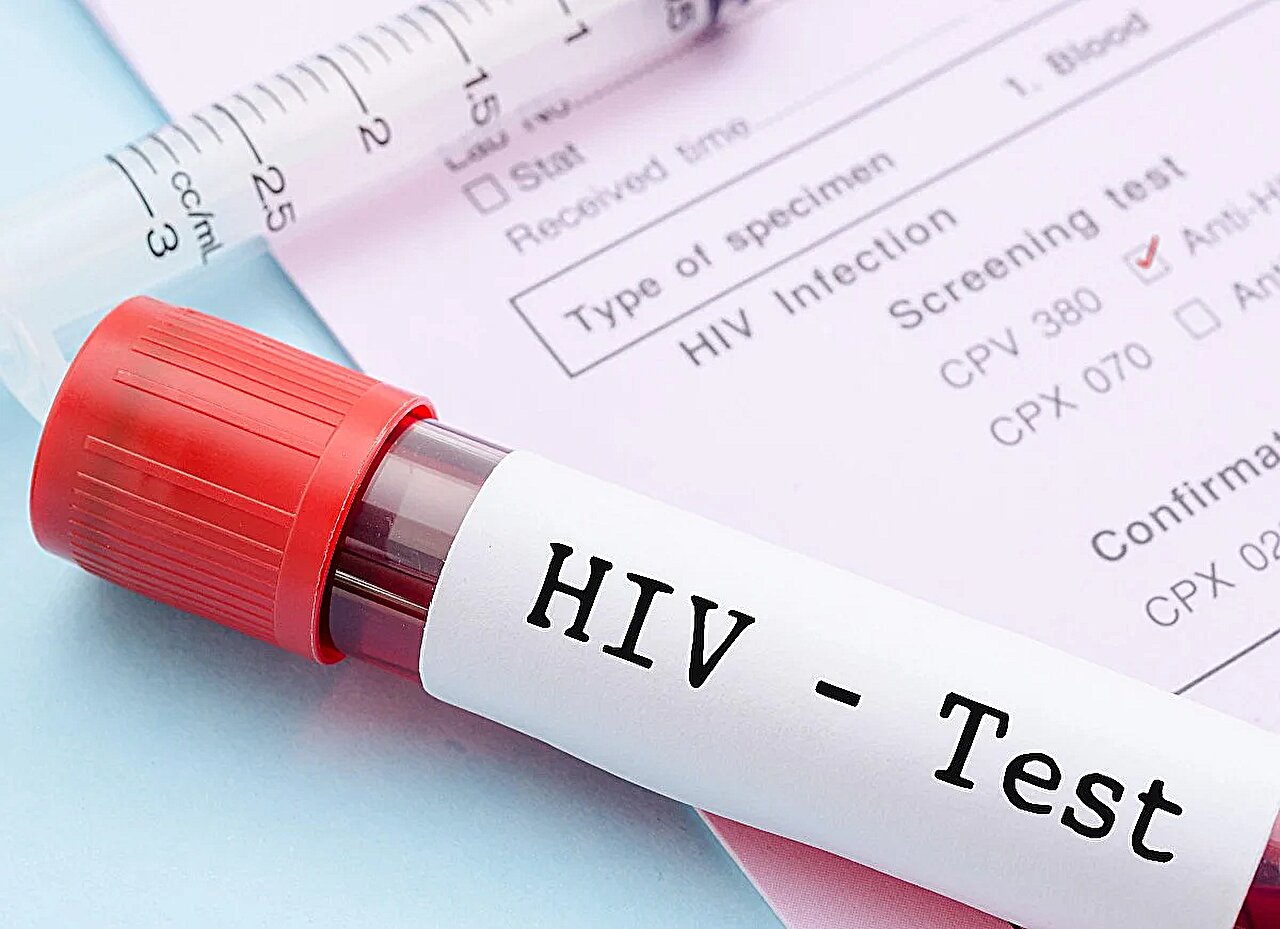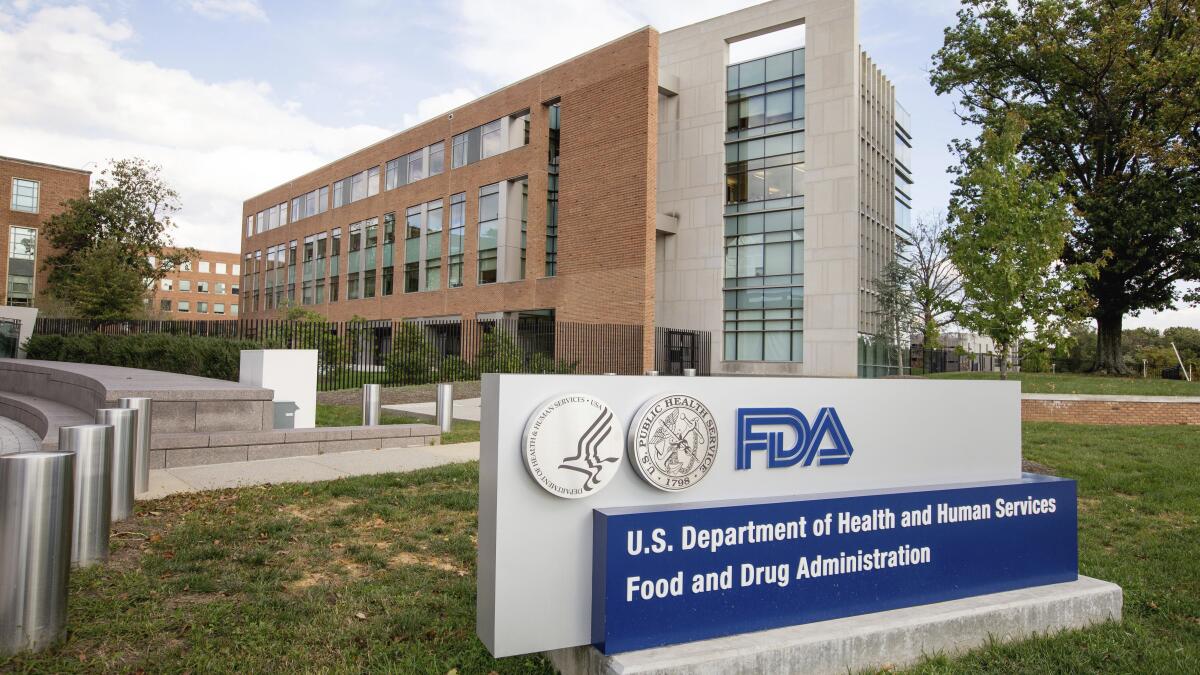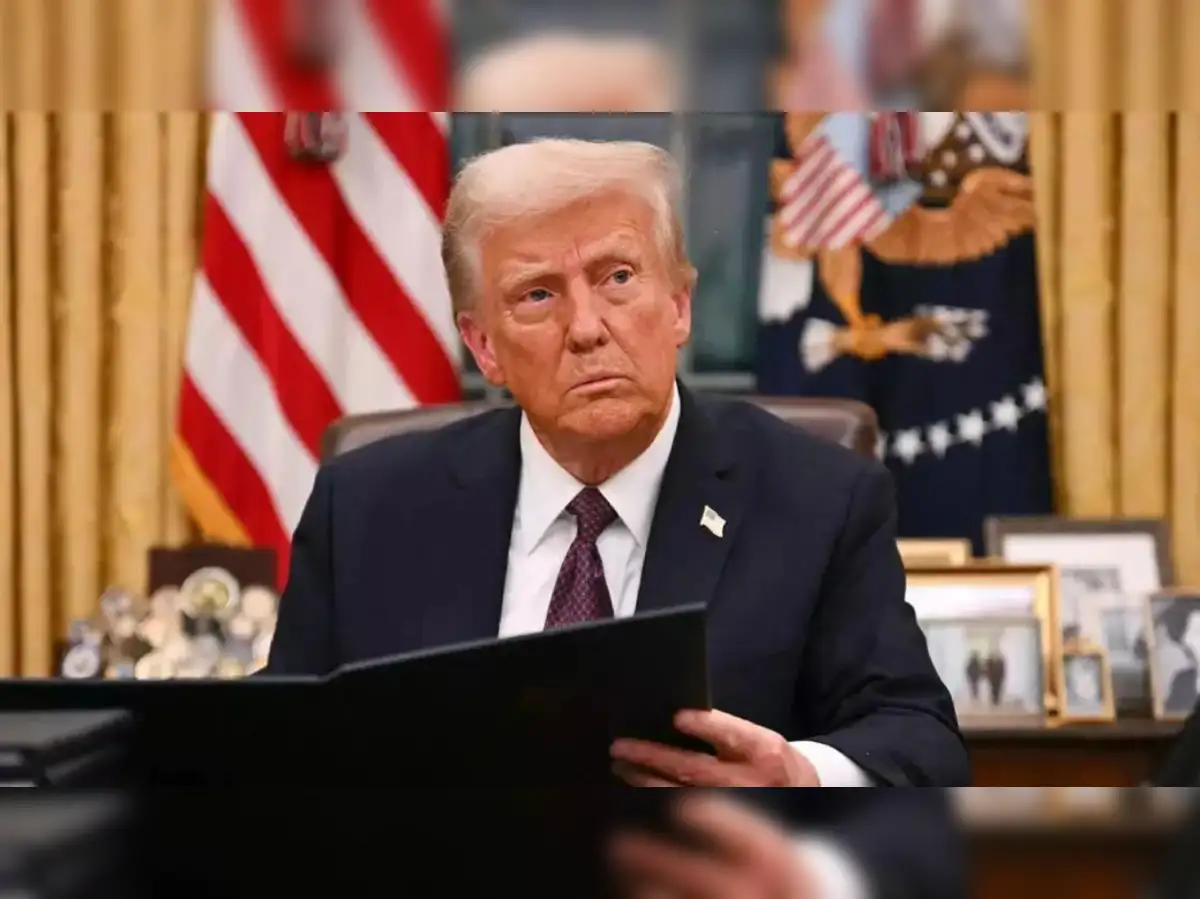
The global fight against HIV/AIDS has made significant strides over the past few decades, driven largely by international cooperation and sustained financial support. Among the leading contributors to this effort has been the United States, whose substantial aid programs have helped curb the spread of HIV, improve access to treatment, and save countless lives worldwide. However, recent decisions by the U.S. government to cut back on this vital aid threaten to undo years of progress, with dire consequences for millions of vulnerable individuals across the globe. The United Nations has once again sounded the alarm, warning that these reductions could lead to an estimated 4 million deaths if not reversed or mitigated.
The Significance of U.S. HIV Aid
The U.S. has historically been a cornerstone in the global effort to combat HIV/AIDS. Through agencies such as the President’s Emergency Plan for AIDS Relief (PEPFAR), the U.S. has allocated billions of dollars to provide testing, treatment, and prevention programs in resource-limited settings. These initiatives have played a pivotal role in reducing HIV-related mortality by increasing access to antiretroviral therapy (ART), enhancing healthcare infrastructure, and promoting education and awareness campaigns.
Importantly, U.S. aid has not only saved lives but has also fostered stronger health systems and improved surveillance and data collection, enabling targeted interventions. The ripple effect of American funding and expertise has helped countries progress toward global health goals, including the ambitious target of ending AIDS as a public health threat by 2030.
The Implications of Aid Cuts
Expected Rise in Deaths and Infections
The recent cuts to U.S. HIV aid threaten to reverse these gains. The United Nations warns that a reduction in funding could result in up to 4 million additional deaths over the coming years if countries cannot compensate for the loss. This grim projection underscores the potential for increased HIV/AIDS-related mortality, especially in Sub-Saharan Africa and parts of Asia and Latin America, where reliance on international aid is greatest.
The consequences extend beyond mortality. A decline in aid could lead to:
- Disruption of treatment programs – Interruptions in ART provision could cause treatment failure and increased transmission.
- Loss of healthcare infrastructure – Reduced funding may impair clinics, laboratories, and supply chains crucial for HIV management.
- Decreased testing and prevention efforts – Fewer outreach campaigns and testing sites could leave many undiagnosed and untreated.
Socioeconomic and Humanitarian Impact
Beyond health metrics, aid cuts could have profound socioeconomic repercussions. HIV/AIDS disproportionately affects marginalized communities, including sex workers, men who have sex with men, intravenous drug users, and populations in conflict zones. Diminished aid programs might exacerbate existing inequalities, pushing vulnerable groups further into poverty and social exclusion.
Furthermore, increased HIV prevalence without adequate prevention and treatment could place additional strain on already overstretched healthcare systems, hinder economic development, and destabilize communities long-term. These consequences highlight the interconnectedness of health, social stability, and economic progress.
Why the U.S. Is Reconsidering Its Approach
The decision to reduce HIV aid funding appears to be driven by multiple factors, including shifting political priorities, budget constraints, and geopolitical considerations. Some policymakers argue that domestic issues should take precedence; however, health experts and global leaders emphasize that HIV/AIDS is a transnational problem that requires sustained international cooperation.
The withdrawal or reduction of aid at this critical juncture not only jeopardizes existing gains but also risks diminishing America’s global leadership in public health. Critics argue that such moves could damage diplomatic relations and undermine confidence in U.S. commitments to international development goals.
Global Response and Call to Action
The UN’s warning underscores the urgent need for a reevaluation of aid policies. Global health organizations, NGOs, and affected countries are calling on the U.S. government to:
- Reinstate or increase funding to critical HIV/AIDS programs
- Ensure sustainable financing that complements domestic efforts
- Invest in health infrastructure and innovation to adapt to changing challenges
- Strengthen partnerships with local governments and communities
Only through coordinated effort and sustained investment can the world hope to meet the ambitious goal of ending HIV/AIDS as a public health threat by 2030. The consequences of inaction are stark—a future where millions continue to suffer and die unnecessarily.
Looking Ahead: Hope and Responsibility
The challenge now is to advocate for policies that recognize health as a human right and prioritize long-term global stability. The U.S., as a global leader, has both the capacity and moral responsibility to uphold its commitments. Governments, civil society, and individuals alike must rally behind this cause, emphasizing that investments in health are investments in a more equitable and prosperous world.
In conclusion, the potential fallout from U.S. HIV aid cuts is not just a distant concern but a pressing reality that demands immediate action. The future of millions depends on the choices made today. It is essential to keep the momentum alive, ensuring that no one is left behind in the fight against HIV/AIDS.
For more updated news please keep visiting Prime News World.









